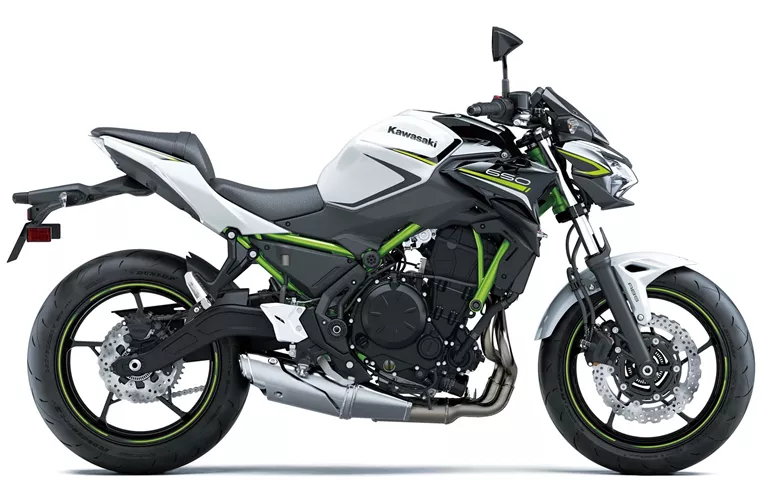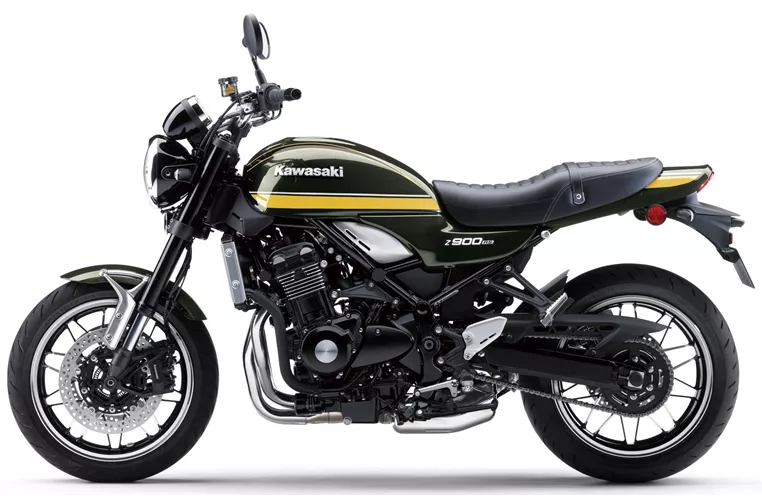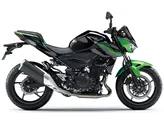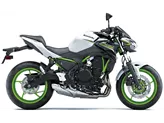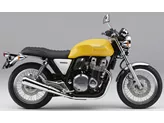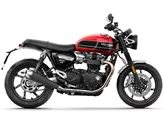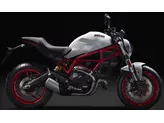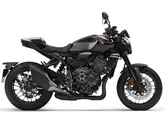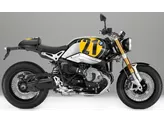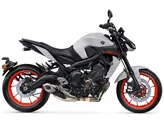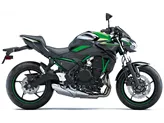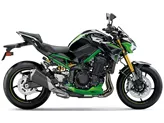Kawasaki Z650 2020 vs. Kawasaki Z900 RS 2021
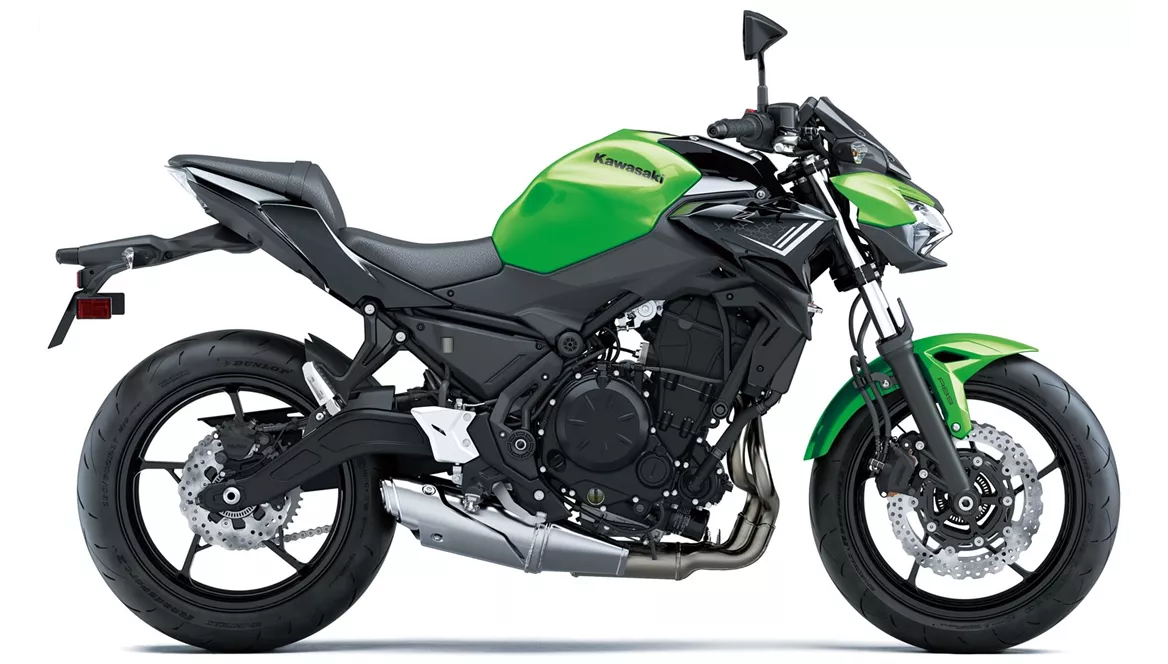
Kawasaki Z650 2020
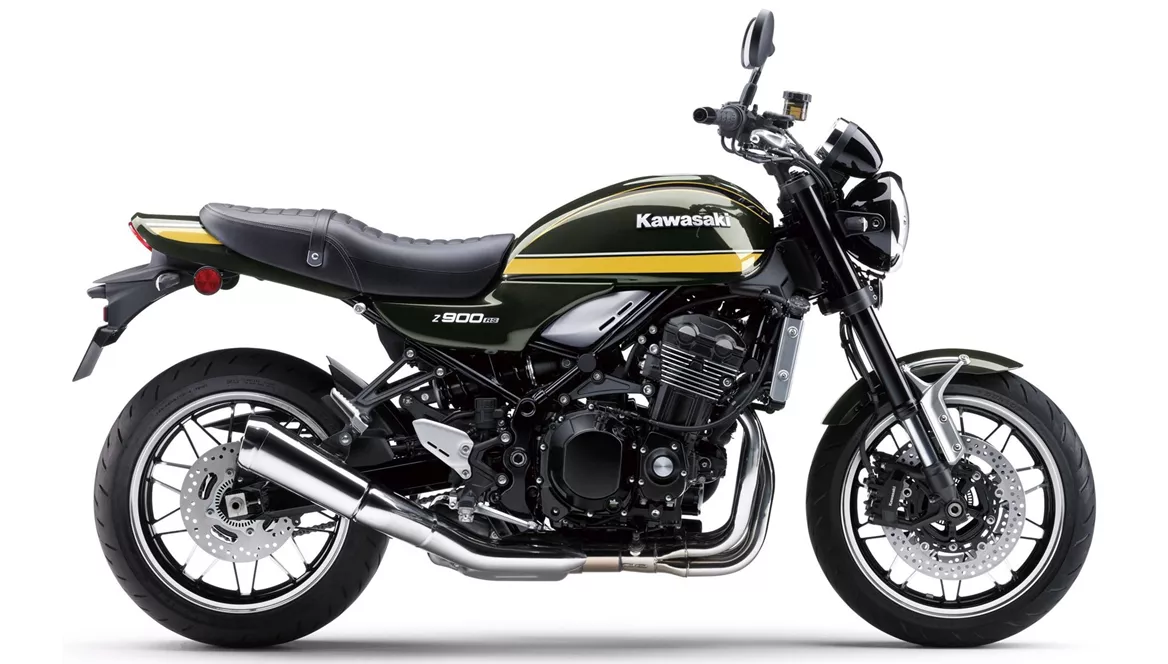
Kawasaki Z900 RS 2021
Overview - Kawasaki Z650 2020 vs Kawasaki Z900 RS 2021
The Kawasaki Z650 2020 and the Kawasaki Z900 RS 2021 are both naked bikes from Kawasaki, but they have several differences in terms of specifications and features.
Starting with the engine and drive train, the Kawasaki Z650 2020 is equipped with a 649cc in-line two-cylinder engine that produces 68.2 horsepower and 65.7 Nm of torque. On the other hand, the Kawasaki Z900 RS 2021 features a larger 948cc in-line four-cylinder engine that delivers a more powerful 111 horsepower and 98.6 Nm of torque. This makes the Z900 RS significantly more powerful than the Z650.
In terms of suspension, both bikes have a swing arm rear suspension with a monoshock absorber. However, the Z650 2020 has a telescopic fork front suspension, while the Z900 RS 2021 is equipped with an upside-down telescopic fork front suspension. The Z900 RS also offers adjustable preload and rebound settings for the rear suspension, providing more customization options for the rider.

Kawasaki Z650 2020
Both bikes have a steel tubular frame, ensuring a stable and rigid chassis. They also feature double disc brakes with a diameter of 300mm at the front. However, the Z900 RS 2021 has four-piston front brake calipers, which provide better braking performance compared to the Z650's double-piston calipers. Additionally, the Z900 RS comes with advanced rider assistance systems such as ABS and traction control, while the Z650 only has ABS.
In terms of dimensions and weights, the Z900 RS 2021 has a slightly longer wheelbase of 1470mm compared to the Z650's 1410mm. The seat height of the Z900 RS is also higher at 835mm, while the Z650 has a lower seat height of 790mm. The Z900 RS is slightly heavier with a kerb weight of 215kg, while the Z650 weighs 187.1kg. Both bikes have a fuel tank capacity of 15 liters for the Z650 and 17 liters for the Z900 RS.
When it comes to strengths, the Z650 2020 offers a powerful two-cylinder engine with an aggressive intake noise. It also has compact dimensions and a low seat height, making it suitable for riders of different heights. The Z650 has a stable chassis and features a TFT display with connectivity, allowing riders to easily access information and connect their devices. Additionally, the Z650 has a grown-up look, appealing to riders who prefer a more mature aesthetic.
On the other hand, the Z900 RS 2021 stands out with its authentic and beautiful retro look. It offers a very comfortable seating position, making long rides more enjoyable. The Z900 RS is also praised for being easy and comfortable to ride, making it suitable for both experienced and novice riders.
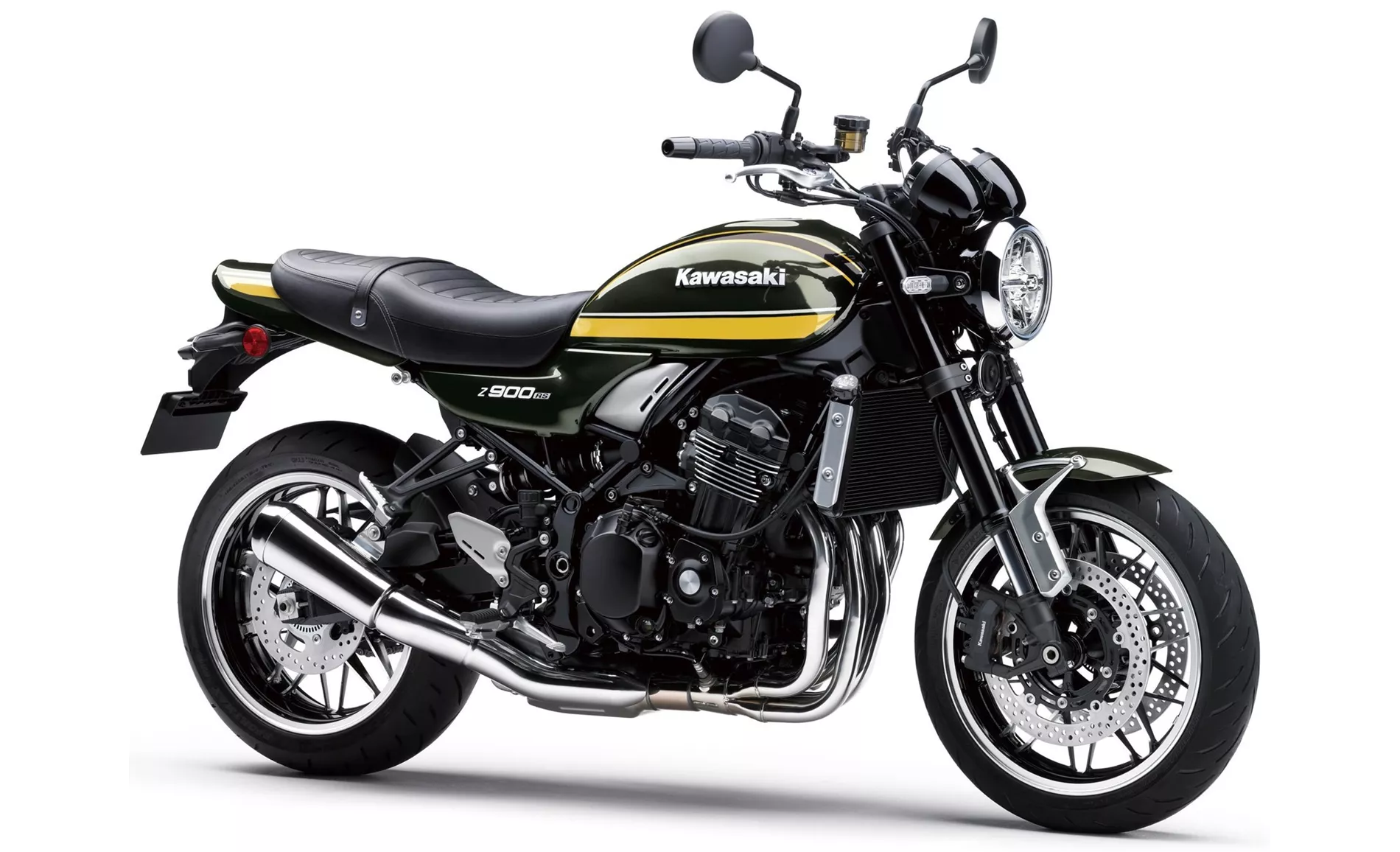
Kawasaki Z900 RS 2021
However, both bikes have their weaknesses. The Z650 2020 has been criticized for its front brake pressure point, which may not provide the desired feedback for some riders. It is also noted that the Z650 may be uncomfortable for tall riders due to its compact dimensions. Additionally, the Rideology App, which is available for the Z650, is not considered to be 100% sophisticated.
On the other hand, the Z900 RS 2021 lacks a quickshifter and driving modes, although it does have adjustable traction control. These features, while not essential, are often appreciated by riders looking for more advanced and customizable riding experiences.
In conclusion, the Kawasaki Z650 2020 and the Kawasaki Z900 RS 2021 are both impressive naked bikes from Kawasaki, but they cater to different riders. The Z650 offers a powerful engine and compact dimensions, while the Z900 RS provides a retro look and comfortable riding experience. Riders should consider their preferences and priorities to choose the bike that best suits their needs.
Technical Specifications Kawasaki Z650 2020 compared to Kawasaki Z900 RS 2021
Pros and Cons in comparison
Pros and Cons in comparison
Kawasaki Z650 2020
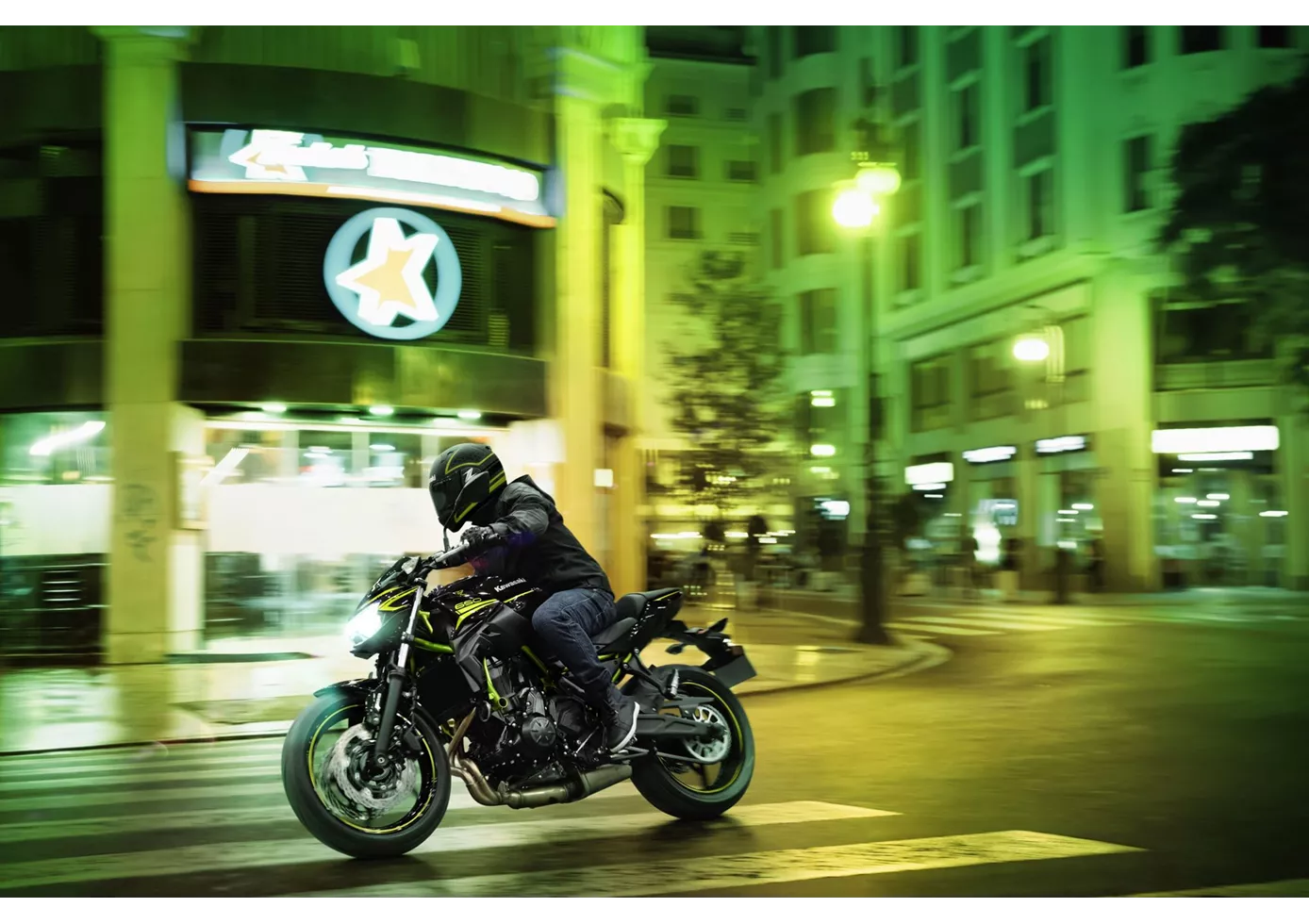
It's simply marvellous what Kawasaki has put together in a complete package with the new Z650. The technical components may not knock your socks off individually, but in combination they make for a pleasantly neutral motorbike that everyone will enjoy. No bitchy idiosyncrasies - simply a naked bike that works really well on winding country roads. Of course, the TFT display, which we don't find in the competition at the moment, is a plus, as is the grown-up look, which is strongly oriented towards the larger Z models. Only the pressure point of the front brake could have been more clearly defined - but you can't have everything in this price range.
Kawasaki Z900 RS 2021
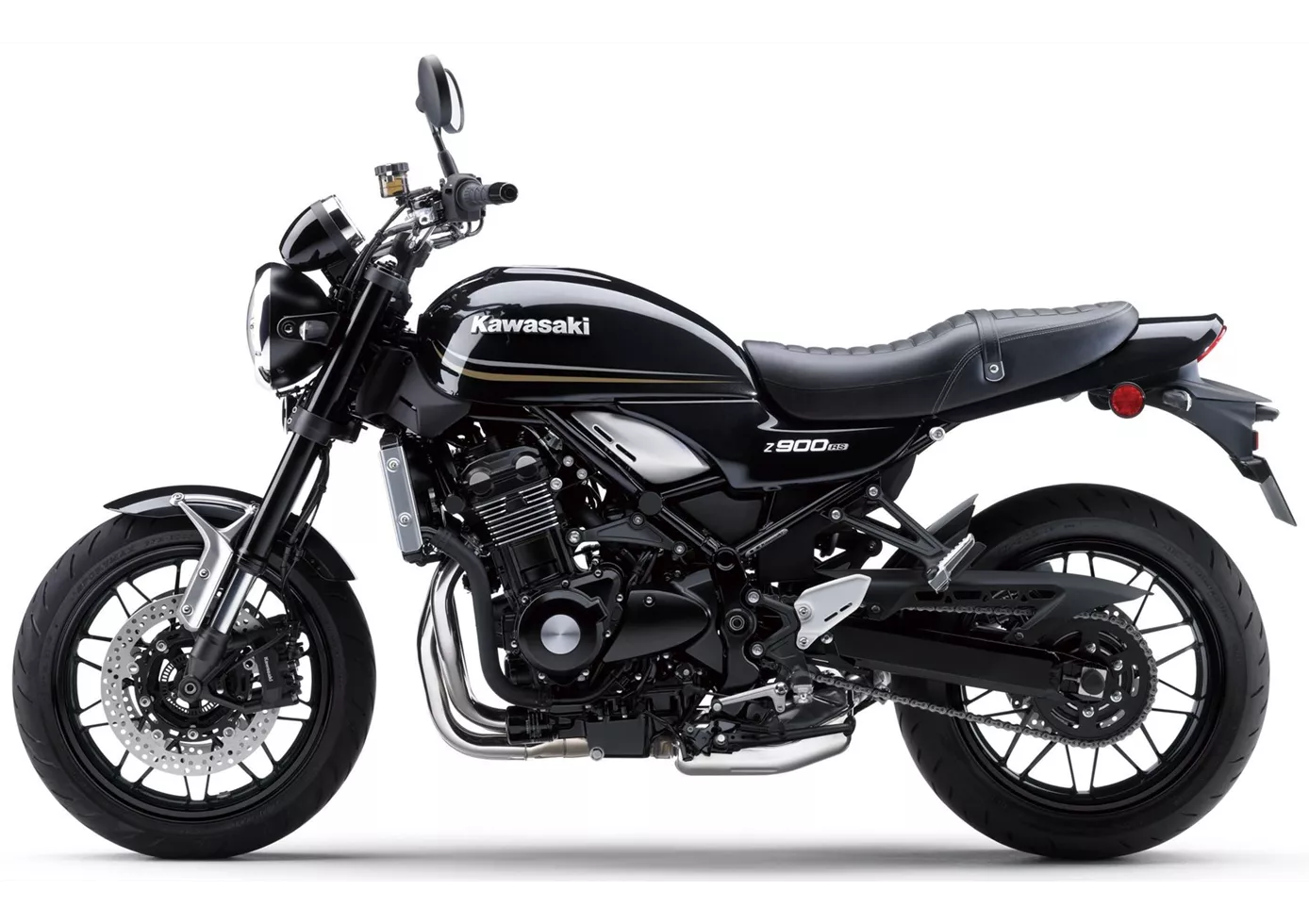
A timelessly beautiful motorbike, the Z 900 RS. Its heart, the powerful and silky-smooth four-cylinder, ensures absolute riding pleasure. Even for longer rides, it offers plenty of comfort thanks to its pleasant seating position, well-padded saddle and high, wide handlebars. For those who like retro motorbikes but appreciate modern handling, the Z1 Homage is a very good choice.
Price Comparison Avarage Market Price Kawasaki Z650 vs Kawasaki Z900 RS
There are a few key differences between a Kawasaki Z650 2020 and a Kawasaki Z900 RS 2021. In terms of price, the actual average price of a Kawasaki Z900 RS 2021 is about 68% higher. Compared to Kawasaki Z900 RS 2021 there are more Kawasaki Z650 2020 bikes available on the 1000PS.de Marketplace, specifically 21 compared to 14. It takes less time to sell a Kawasaki Z650 with 80 days compared to 125 days for a Kawasaki Z900 RS. Since model year 2017 1000PS.de editors have written 31 reviews for the Kawasaki Z650 and 26 reviews for the Kawasaki Z900 RS since model year 2018. The first review for the Kawasaki Z650 was published on 08/11/2016 and now has more than 25,000 views. This compares to more than 63,700 views for the first review on Kawasaki Z900 RS published on 06/09/2017.
